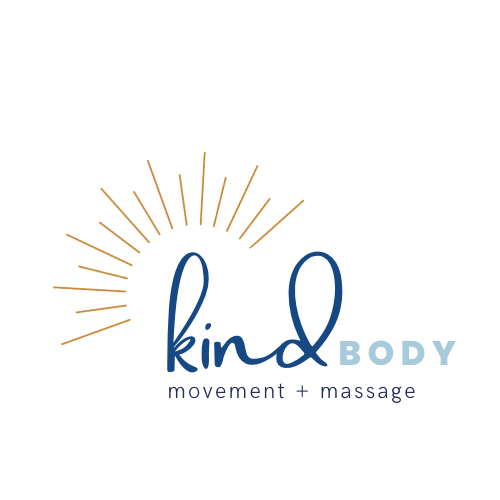Move Differently to Move More
Change these simple things to get the most out of your moving minutes
Sometimes I link to products I love. As an Amazon Associate, I earn a commission from qualifying purchases.
Literally millions of people are posting on social media about being busy. (Really, just search #busy and see for yourself.)
Between work, family, and maybe even more work, finding time for physical activity can feel overwhelming.
Maybe you’ve fallen off the workout wagon (or never quite made it on). Maybe you’re an active couch potato, meaning you get your 30 minutes of exercise per day but are pretty sedentary the rest of the time. Or maybe, your body is well-adapted to your solid fitness routine and you’re missing some blind spots.
Where do you fall on the spectrum?
Wherever you are, you’ve probably heard that increasing your physical activity can improve your health. But how can you increase your physical activity if you don’t have any extra time to move?
In this post, I’ll share some simple tweaks to help you move more in the same amount of time.
Move your mind.
You don’t need more minutes to move more.
Bodies need varied movement in the same way they need a variety of food-based nutrients. Bodies can only consume a certain amount of food at a time before feeling full.
The limit of fullness is similar to the time-based limits in a person’s schedule. There’s only so many hours in a day and you probably only have so much free time. Just like your tummy, it’s bound to fill up.
Now imagine eating the same thing, like oatmeal, every day. Oatmeal provides your body with a specific set of nutrients. If you only eat oatmeal, your body will only get those particular nutrients.
To get a higher quantity of nutrients, you don’t need to increase the size of your stomach to fit more oatmeal. Instead, you would try to fill the allotted space in your stomach with a wider variety of foods.
Same thing with movement. You don’t necessarily need to increase the amount of time you spend exercising. Instead, you can simply adjust a few factors to get your body moving in a wider variety of ways in the same amount of time.
As you experiment with the variables below, stay curious. You are the scientist AND the experiment. Some of these ideas for change will feel fun, novel, and interesting. Some of them you might not like! (And that’s okay.) Take what feels beneficial and leave the rest.
Change these to move more:
》Location
Try your activity at a different location. If you’re used to running on the treadmill at the gym, try running outside. Instead of walking the same route around your neighborhood, reverse the direction you take or choose a different path. Getting outside can introduce a whole new range of movement possibilities.
》Surface
Consider the texture and incline of the surface on which you workout. How can you change it up? For example, instead of walking on a paved path or sidewalk, you could try walking in the grass next to it. Squatting with your toes pointing up a hill will move your body in different ways than squatting with your toes pointing downhill.
Typically, adding texture to the surface under your feet will increase the intensity and challenge of the activity. If you’re used to practicing an activity on level ground, an incline can be a novel addition. You can find an endless range of possibilities for texture and incline outside.
》Speed
Play around with how quickly or slowly you move. Maybe you only increase your pace for intervals or specific exercises, as opposed to upping your speed for the entire workout. But remember, faster doesn’t necessarily equal harder. Sometimes slowing movements down can increase challenge.
Add a load to your activity to change the way your body moves.
》Load
Adding a load, or weight, to your body can change the way it moves through a given activity. If you lift weights, this one probably seems like a no-brainer: increase the weight you lift for more challenge. But if you’re used to walking or running for physical fitness, the question of load might seem out of place.
You can always add ankle or wrist weights to your body to increase the amount of work. You might even consider shouldering a backpack of books. If outside, however, feel free to find a rock or stump to lug around.
Practice carrying the load in different ways. By shifting the weight around your body, you’ll give those parts the chance to work more and in a variety of ways. For example, you can carry a large rock in two hands in front of you, hugged to your chest, or up on one shoulder. Get creative!
》Gaze
Have you ever tried to balance on one foot with your eyes closed? Your gaze can affect the way you move. Experiment with where you look while you exercise. Maybe you try focusing far off in the distance or with your head turned to one side. The head follows the eyes and the body follows the head. Any change in your gaze will alter the way the rest of your body moves.
Conclusion
Moving more doesn’t always mean upping your quantity of minutes moved. Stick with the time you have for exercise and experiment with the simple variables I shared above to get your body moving more in the same amount of time.







